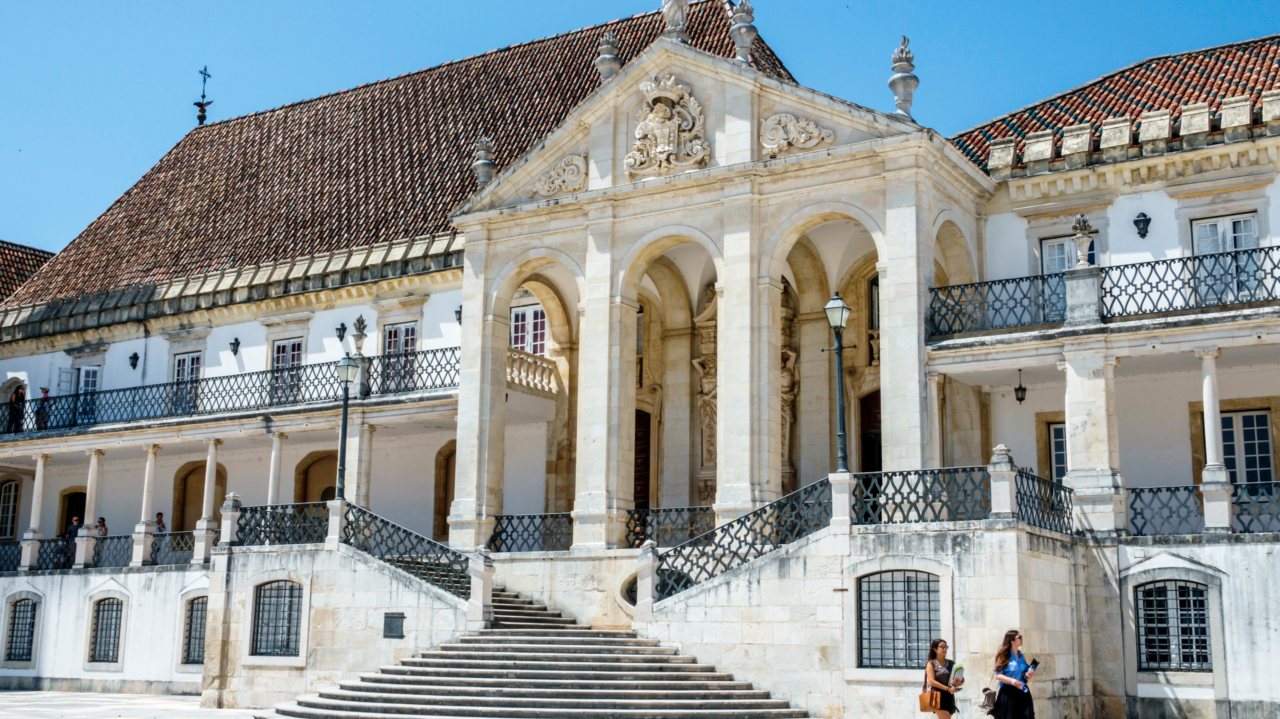A team of researchers from the University of Coimbra (UC) designed a computational model considered innovative that could make the development of new drugs for cancer treatment faster and less expensive.
The model is the result of a collaboration between the Faculty of Science and Technology (FCTUC) and the Faculty of Pharmacy (FFUC), using Artificial Intelligence, through computational methods “that can generate pharmacologically interesting compounds in a faster and more automated way. ”, said the UC, in a statement sent to the Lusa agency.
“Bearing in mind that drug discovery is an extremely complex, slow and expensive process, this work intended to shorten the initial stages of drug development“.
To develop the new model, the team from the Department of Computer Engineering of the FCTUC used Machine Learning techniques, specifically Deep Learning, a method that uses artificial neural networks, which allow the creation of intelligent models, “by imitating the learning capacity of The models”. .biological”.
In this way, “they are able to identify patterns embedded in data sets and, from there, it is possible to obtain models that generate new molecular structures that predict biological properties of interest”, explains Tiago Oliveira Pereira, first author of the study who is part of his doctorate.
The researchers also used so-called reinforcement learning, which allows the generative model to be optimized while exploring the existing chemical space.
As the model generates new molecules, it receives a reward, which will be higher or lower, depending on the state of optimization of the properties of the compounds. Thus, throughout this optimization process, the compound generator will learn to identify the regions of the chemical space that allow it to obtain greater rewards and better compounds”, explained Tiago Oliveira Pereira.
According to the authors, the developed model is innovative because it “combines chemical information, through the compounds, and biological information, through gene expression information, to find promising molecules in the inhibition of the receptor and that do not cause undesirable effects.” desired. to the biological system.
With the collaboration of the laboratory of Professor Jorge Salvador of the FFUC, it was possible to apply the model in a case study to generate compounds capable of inhibiting the protein USP7 (Ubiquitin-specific protease 7).
The model was applied in a case study to generate compounds capable of inhibiting the USP7 protein (Ubiquitin-specific protease 7), which plays a key role “in the progression of several types of cancer and is currently considered an important receptor for drug development.”
The UC highlighted that the results obtained in the experiments carried out are very promising, the model having demonstrated a high capacity to generate potential inhibitory molecules of USP7.
“More than 90% of the molecules contained essential physical, chemical and biological properties for the interaction with the receptor to take place. In addition, we found that some compounds generated by the model have similarities with anticancer drugs in terms of their active groups, which validates the implemented approach”, highlighted Tiago Oliveira Pereira.
Despite having been validated with breast cancer data, the new computational model can be applied to “several contexts in which gene expression data associated with disease progression can be obtained.”
The researcher also added that the next steps of the research will focus on improving the implemented architecture and “defining a set of validation methods to filter the molecules obtained and, based on the results, move towards the synthesis of the best compounds” .
The study was co-financed by the Foundation for Science and Technology, the Investment and Development Expenditure Program of the Central Administration and European funds through the D4-Deep Drug Discovery and Deployment project.
Source: Observadora
